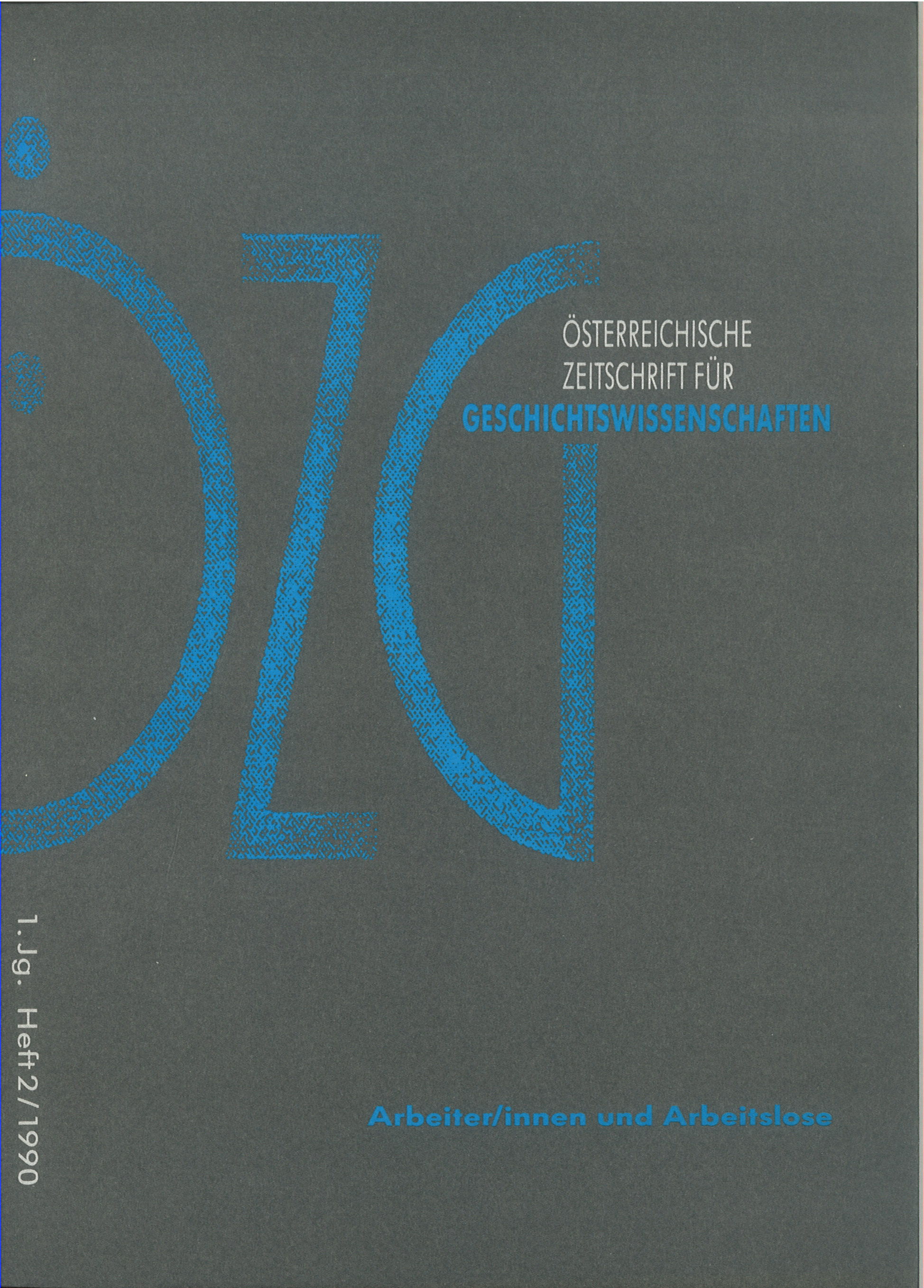Herren ihrer Arbeitszeit?
Zu Organisation, Intensität und Dauer handwerklicher Arbeit im Spätmittelalter und früher Neuzeit
DOI:
https://doi.org/10.25365/oezg-1990-1-2-5Abstract
lnformation on the working hours of medieval and early modern artisans has mainly passed on to us by normative sources. They contain dimensions (6 to 18 hours per day) which are very difficult to be interpreted and to be examined concerning their reality and their comparability to the situation of today. The author tries to get hold of the problem by the use and critical interpretation of additional sources covering broader aspects of work and time: work as a general phenomenon in society and its valuation, the changing attitude of man towards time from the 14th to the 17th century, the opposition of journeymen against long working hours, the attempts of artisans and workers, to be proved from the 14th century onwards, to become ,masters of their working hours', the different trends towards a reduction ofworking hours, information on weekly working time (the medieval five-day week and the Reformation's influence on it) and its comparison with daily working hours, the connection of working hours with productivity and quality, the generally negative attitude towards idleness and the formation of a positive attitude towards leisure time arising only in the 17th and 18th century.


